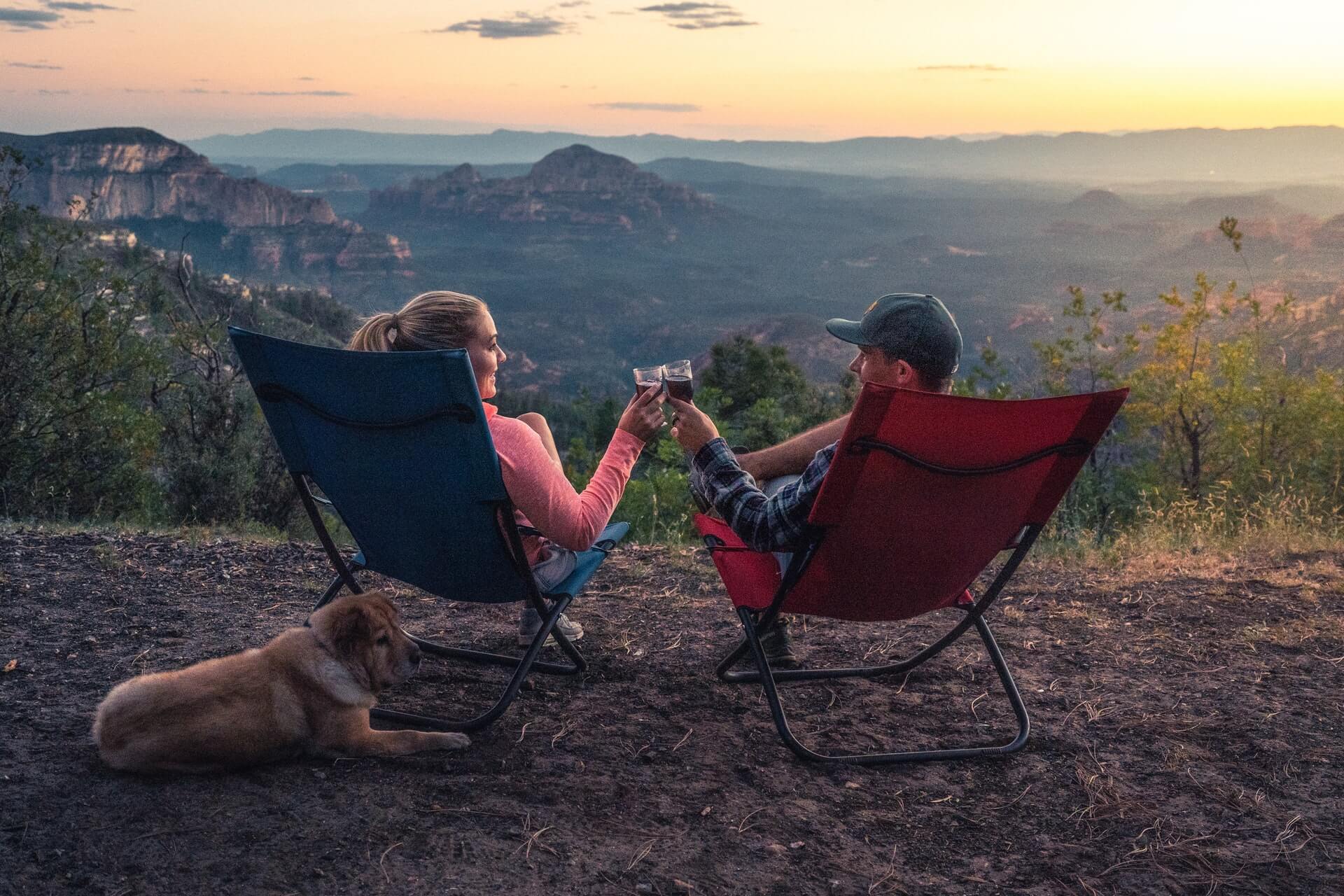▶ Camp selection is very delicate
- Choose to be near a stream, lake pool or river in order to get water. But also can not be camped on the river bank, next to the stream.
- Camping in the wild, can not disregard the back wind problem, especially in some valleys, river banks, should be to choose a back wind place to camp.
- Camping can not be camped under the cliff, which is very dangerous.
- The camp is close to the village what urgent matters can be asked for help from the villagers, in the absence of firewood, vegetables, food and other situations is more important.
- If it is a camp that needs to live for more than two days, you should choose a shady place to camp in good weather, so that if you rest during the day, the tent will not be too stuffy.
- In the rainy season or lightning areas, the camp should never be set up on high ground, under high trees or relatively isolated flat ground.
▶ Camp construction is very important
Four basic principles for the selection of campsites:
Water supply, flat camp, leeward and shady, away from danger
The four basic areas of campsite construction:
Tent camping area, fire dining area, water intake area, sanitation area.
▶ Choose a good camp site
- Level the site: Clean the tent area that has been chosen, remove stones, short shrubs and other kinds of uneven, thorny and sharp objects, and fill in the uneven places with earth or grass and other things.
- Site zoning: A fully equipped camp should be divided into tent camping area, fire area, dining area, recreation area, water area (wash), sanitation area and other areas.
- Campsite: The fire area should be downwind and more than 10-15 meters from the tent area to prevent sparks from burning through the tent.
- Dining area: should be close to the fire area, so that cooking and dining.
- Recreation area: should be downwind of the dining area to prevent the dust of the activity from contaminating things such as dishes, and should be 15 to 20 meters from the tent area to reduce the impact on early sleeping companions.
- Sanitation area: should be downwind of the camping area, and the dining area, activity area to maintain a certain distance.
- Water area: should be on the stream and its rivers respectively up and down, the upper section is the edible drinking water area, the lower section is the living water area.
Layout of tents should pay attention to.
- All tents should be a direction, that is, tent doors are open to a direction, side by side arrangement.
- Tents should be kept at a distance of not less than 1 meter, in the case of no need to try not to tie the tent wind rope, so as not to trip over people.
- If necessary, a cordon should be set up, you can use lime, tar and other irritating substances outside the tent area around the tent area to draw a circle, which can prevent the intrusion of snakes and other reptiles. Or use electronic alarm system and other methods.

▶ Tips for setting up a tent
1. Decision of the location
After considering the wind direction and terrain, choose a flat place.
2. Checking of tent equipment
Pour out the supplies collected in the bag and check each part one by one. For the convenience of withdrawing the tent and not missing something, it should be recorded first.
3. Laying ground mat
After the ground mat is laid, fix the four corners with pegs. If in a place with a lot of moisture, lay the mat on it first, then lay the mat on it.
4. Erect the pillar, pull the main rope
Put the bottom of the pillar through the hole of the two ends of the ground mat, at the same time, the tip of the upper part of the pillar, through the hole of the two pillars of the cloth curtain building pillar, pull up the main rope to avoid tilting left and right. In this way, the main appearance of the tent is formed.
5. Adjust the main rope, pull up the corner rope, waist rope
Adjust the shape of the tent by the branch rope attached to the main rope, and stand the two pillars vertically on the ground. Next, adjust the corner rope and waist rope with the branch rope to make the shape of the tent appear.
6. Fix the wall
Connect the tent bottom cloth, ground mat and the lower part of the wall.
▶ Always pay attention to the weather
Rainproof: Rainproofing is an important issue to consider in camping weather. If you judge that there is a possibility of rain that night, you should make necessary rainproof treatments for your camp and tent. In addition to choosing a good camp, you need to dig flood ditches, reinforce your tent and enhance its rainproof performance, such as covering your tent with rainproof plastic sheeting, raincoat, etc., and placing various travel supplies in your tent, etc.
Windproof: wind direction is more important for camping, which is related to the tent door, stove opening and the overall arrangement of the camp areas.


